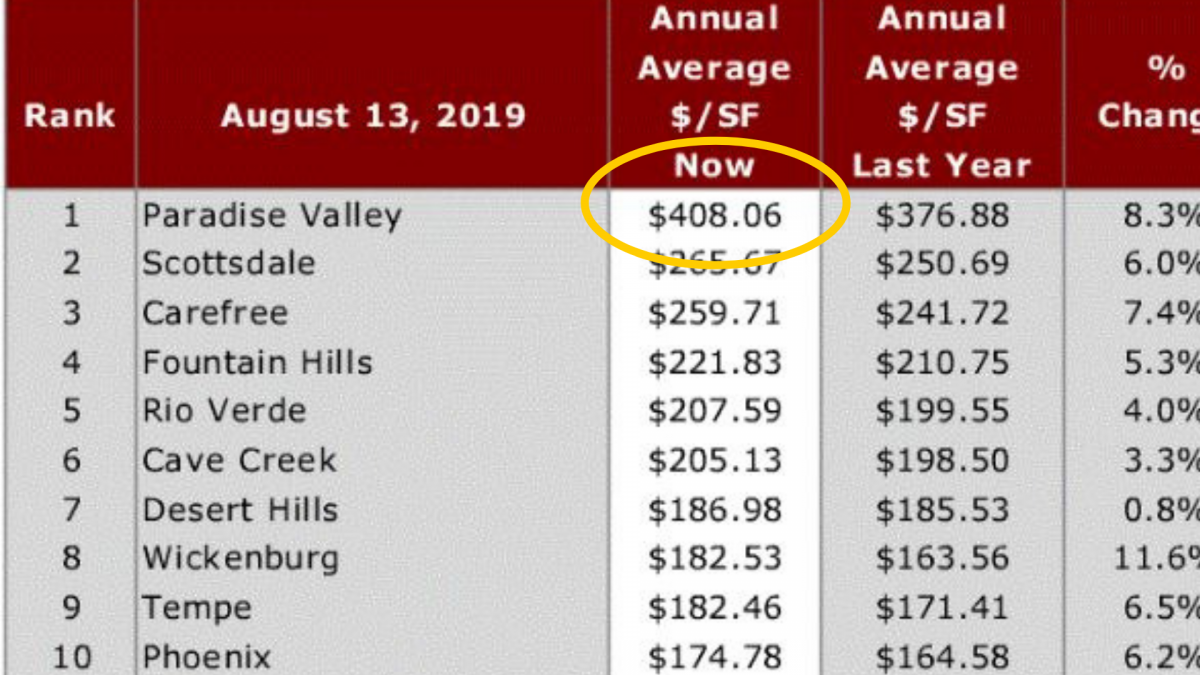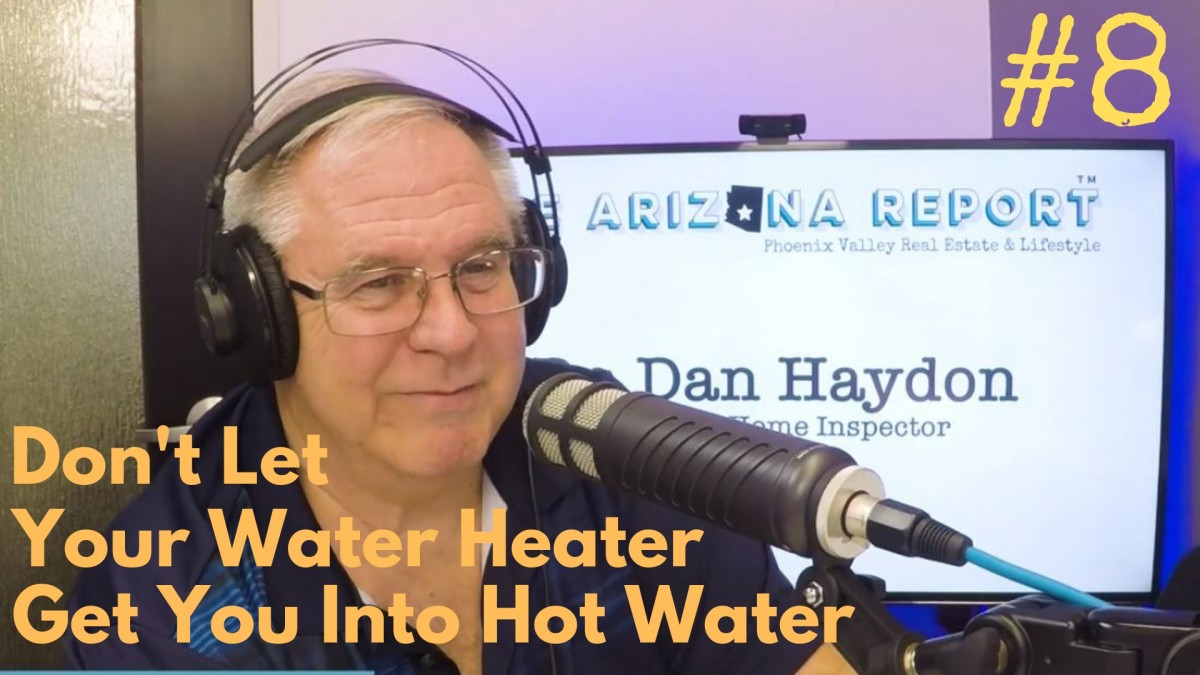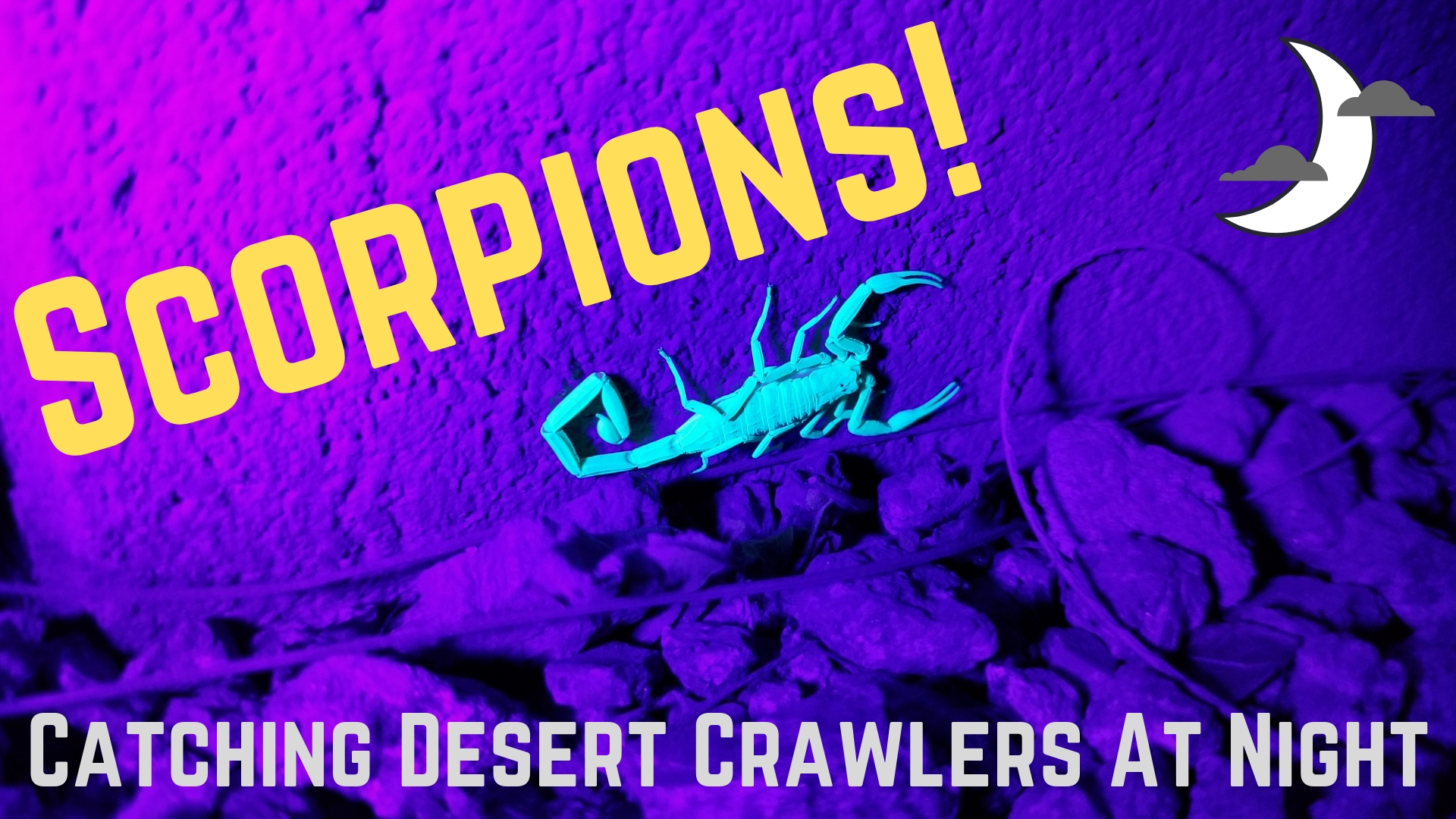- Fountain Hills Ties as Safest Zip Code in Phoenix - Oct 14, 2019
- How Many Single-Family Homes in Maricopa County? - Oct 13, 2019
- Investing in Multi-Family Real Estate in Your 20s - Oct 9, 2019
Kansas has tornadoes, California has earthquakes and Florida has hurricanes. When you think of natural disasters, Arizona typically doesn’t come to mind. Monsoons rains aside, the Sonoran Desert is a serene and uneventful place when it comes to Mother Nature’s wrath.
You might be surprised to hear then that the costliest hailstorm in US history was right here in greater Phoenix. It happened in the late morning of Tuesday, October 5th, 2010. The record that it set for insurance company payouts still stands today. There were almost $3 billion dollars in losses. That’s just from one storm, over one metro area, in one afternoon.
According to the National Weather Service, the weather phenomenon began as an intense low-pressure system that energized over California. The storm enveloped downtown Phoenix by noon and moved through Mesa in two waves by 2pm. A severe thunderstorm watch covered the Phoenix metro until 9:30pm.
The storm brought high winds, driving rains and flood water to Phoenix. Downed trees blocked roads and traffic on the interstates came to a stop. Golf-ball-sized hail rained down at 7th St. and Greenway Parkway in Phoenix.
The largest hail was reported in west Chandler at 3 inches in diameter at 4:16pm according to NOAA.
Very few corners of the Valley were immune to catastrophe. School buildings were damaged in Cave Creek and warehouse skylights were busted in downtown Phoenix at a food pantry. Dobson High School in Mesa was locked down after reporting a funnel cloud, a lightning strike, and fallen trees. Car dealers in the north Valley sustained damage to hundreds of new and used cars that were later discounted in widely advertised “hail sales.”
Even a decade later, the image of the velocity of falling ice in Phoenix is truly breathtaking. This YouTube video captures the anxious moments of a Phoenix homeowner during the storm:
According to an article in The Arizona Republic on the following day, 14,000 power customers of Salt River Project (SRP) were without electricity. Arizona Public Service (APS) had up to 20,000 customers who were without power on the day of the storm.
There have been 35 hail events in Maricopa County since the October 2010 squall, but none as damaging. One injury was reported, but there were no deaths as a result of the hailstorm.
If you are purchasing a home in Phoenix that has a roof older than 2010, ask your home inspector to look closely for signs of hail damage. I have found hail damage from this storm on roof box vents and air conditioning units in Mesa as recently as last year. Asphalt shingle roofing is especially susceptible to hail damage, especially if it is old and brittle at the time of the storm.
The Weather Channel ranks the top 5 costliest U.S. hailstorms. Rounding out the top 5 after the Phoenix storm ($2.8 billion) are Denver ($2.4 billion), Kansas City-St. Louis ($2.1 billion), Minneapolis ($2.0 billion) and Dallas ($1.9 billion).
Do you remember the October 2010 hailstorm in Phoenix? Leave me a comment below about what you experienced.
The Indians believe all things have spirit – even the hail that comes from the sky is spirit. If you believe that, which I implicitly do, everything is alive.
– Michael Cimino, American film director and producer/director of The Deer Hunter







